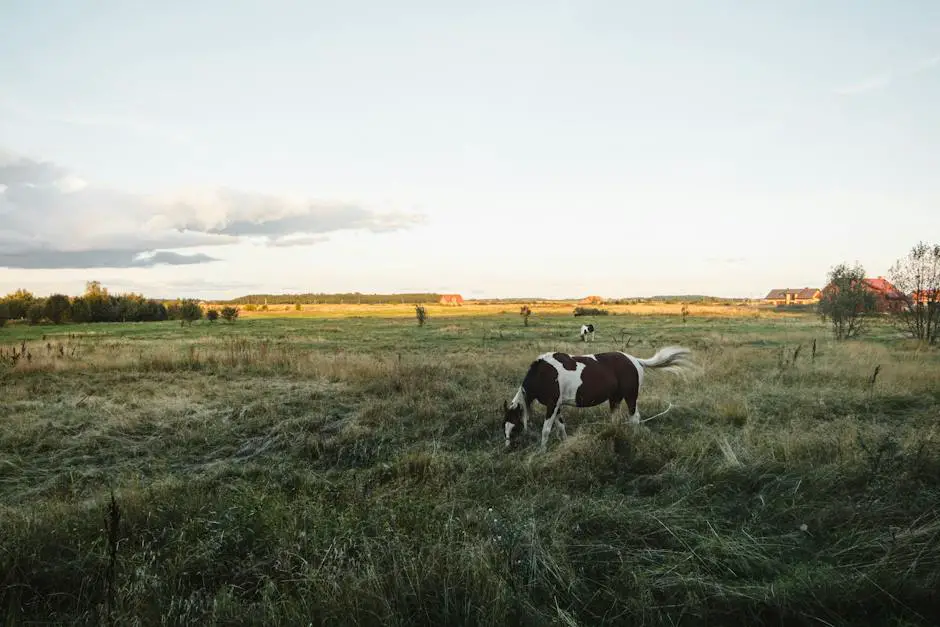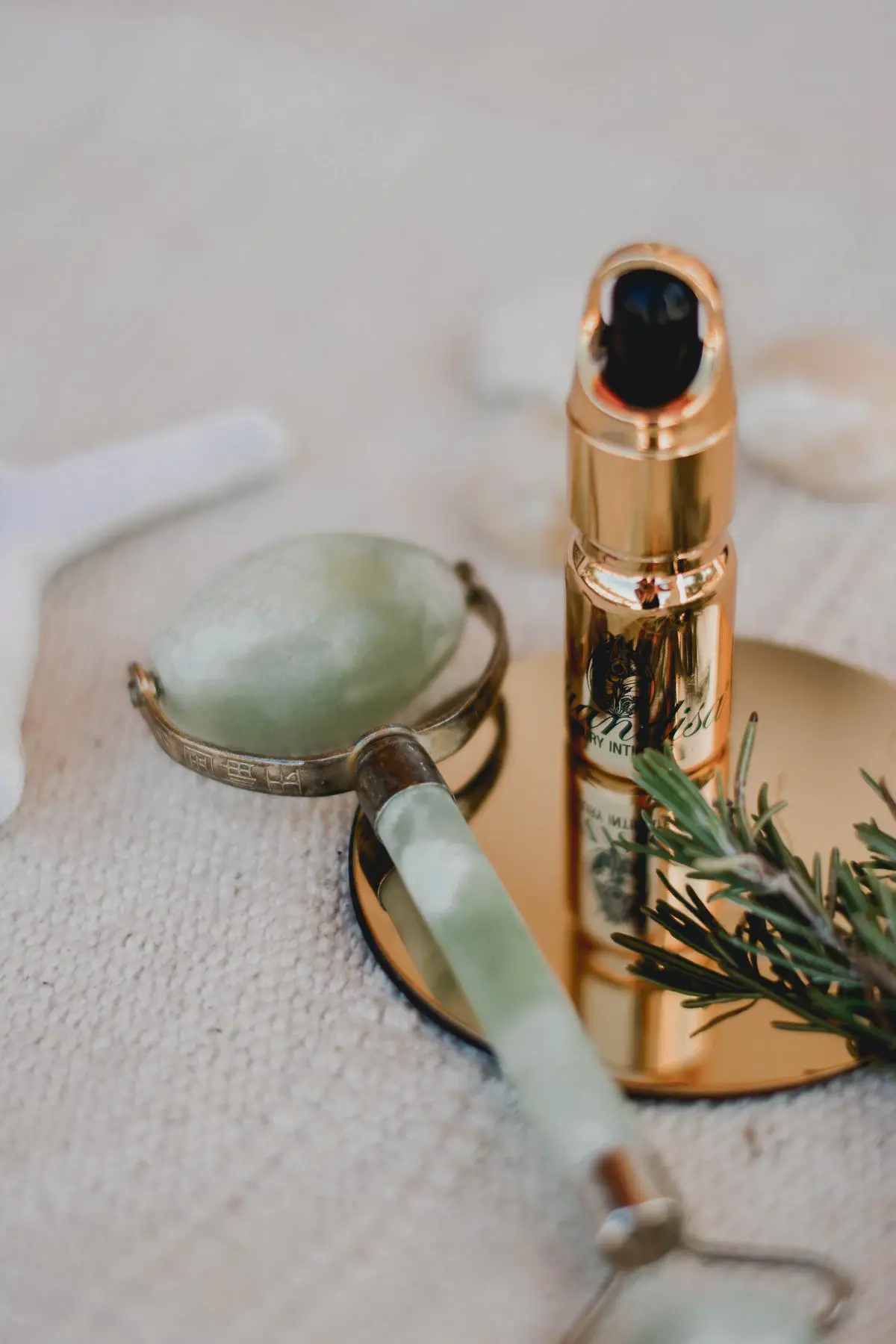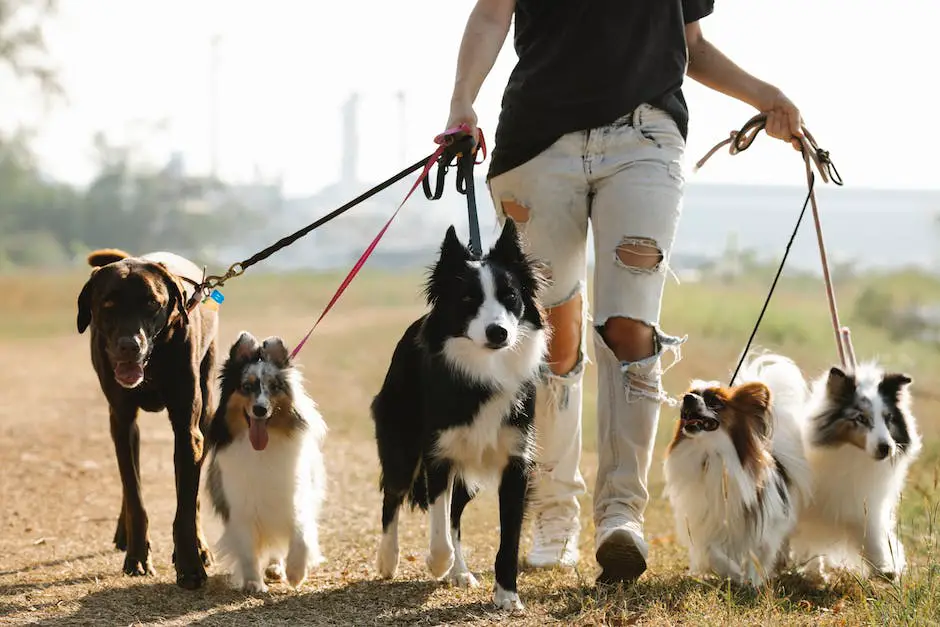Steeped in the rich soils of French history and culture, the horse breeds of Normandy boast an equine lineage as enduring and fascinating as the region’s tapestry of rolling hills and storied battlefields. These majestic creatures have carved their trotting and galloping tracks through the annals of time, profoundly shaping the equestrian landscape not only in France but around the world. In exploring the Normandy horse breeds, we are not merely leafing through a dusty tome of the past; we are discovering the living legacy of a region whose heart beats in harmonious rhythm with the hoofbeats of its noble steeds. As we delve into the intricate history, the distinctive characteristics, and the contemporary significance of these breeds, we unveil a vibrant panorama where tradition and modernity coalesce in the majestic dance of equine grace.
Table of Contents (Horspedia)
Normandy Horse Breed History
Unraveling the Rich Heritage of Normandy Horse Breeds
Hey, horse enthusiasts! Ever wondered about the majestic steeds that hail from the lush landscapes of Normandy? Well, you’re in for a treat! Normandy horses are known for their strength, versatility, and beauty. But what’s even more fascinating is the story behind how these breeds traced their lineage. Let’s saddle up and take a journey through history!
First, let’s talk about the ancestry of these equine wonders. Normandy, a region in northern France, has long been recognized for its horse breeding. The origins of Normandy breeds like the Percheron, the Norman Cob, and the French Trotter are deeply entrenched in the region’s past.
Many centuries ago, two primary factors influenced the genealogy of Normandy horse breeds: local breeding practices and the influence of various conquerors. The local mares were sturdy, known for their hardiness, and were key to farm work and transportation. When the Romans tromped through, they brought with them their own war horses, which blended with the local stock, adding strength and stamina to the mix.
Fast forward to the Middle Ages, and we see the Vikings, who ruled Normandy for a time, introducing their own Scandinavian horses to the region. These horses were famous for their endurance and ability to thrive in harsh conditions. The merging of Viking and local horses gave rise to robust, resilient breeds.
Now, here’s where it gets really interesting. The 19th and 20th centuries were a game-changer for the Normandy breeds. The Percheron, in particular, got a boost when Arabian blood was introduced, further refining the breed. This mix honed the Percheron’s characteristics, making them the muscular yet elegant draft horses we admire today.
The Norman Cob, renowned for its calm temperament, owes its traits to various crossbreedings with Norfolk Roadsters, which enhanced its suitability for driving and farm work. For those who are fans of trotting races, the French Trotter didn’t just appear out of thin air! Thoroughbred and Norfolk Roadster lineage played a part in its development, resulting in a horse that’s not only a charmer but also a champion on the racetrack.
Thanks to meticulous breeding records and historical documents, the lineage of Normandy horse breeds has been pieced together by horse aficionados and historians alike. Today, breed societies continue this legacy, ensuring that the unique qualities of these horses aren’t just preserved, but celebrated.
Whether you’re a seasoned horse lover or new to the world of these noble creatures, understanding the lineage of Normandy horse breeds is an enriching part of appreciating their place in both history and the present. So, the next time you gaze upon a Percheron, a Norman Cob, or a French Trotter, remember the rich tapestry of influences that made them the remarkable breeds they are today. Happy trails and happy learning to all!

Characteristics of Normandy Horse Breeds
When looking at the unique aspects that set Normandy horse breeds apart, one cannot overlook their distinctive physical characteristics and the roles they have played throughout history. These breeds, hailing from the Normandy region of France, are not just pictures in history books; they’re living symbols of a region’s equestrian tradition, known for their strength, versatility, and beauty.
Normandy horse breeds, such as the Percheron, the Norman Cob, and the French Trotter, exhibit remarkable traits that make them stand out. Percherons are heavy draft horses, recognized by their muscular build and often gray or black coats. They have a calm demeanor combined with a work ethic that’s hard to match. This makes them a favorite for tasks that require strenuous effort, such as farming or pulling heavy loads. Yet despite their size, they exhibit grace that one might not expect from such powerful creatures.
The Norman Cob, with its Norfolk Roadster legacy, is more of an all-rounder. A bit smaller than the Percheron, this breed showcases a strong back, sturdy legs, and a gentle temperament. These horses are known for their trotting ability and are often seen in competitive driving and as riding horses. The cob’s stamina and willing nature make it adaptable to many disciplines, perfectly embodying the hardiness of Normandy breeds.
Both the Norman Cob and the Percheron have contributed to the development of the French Trotter. This breed is famed for its speed and endurance, particularly in harness racing. The influence from Thoroughbred and Norfolk Roadster ancestors gives the French Trotter a competitive edge — they have that swift, enduring gait that can only come from a lineage crafted to harness racing.
Notably, the physical attributes of these breeds embody the climate and terrain of their homeland. Their strong hooves and legs are made to withstand the damp meadows of Normandy, and their robust bodies are evidence of the need for hardy horses capable of thriving in this lush, yet demanding, region.
Historical roles of Normandy horse breeds have also shaped their modern presence. Percherons were once called upon to carry knights into battle, while the Norman Cobs were the carriage horses of times gone by. Today, the breeds have adapted to contemporary needs, with Percherons gracing show rings and parades, Norman Cobs excelling in competitive driving, and French Trotters still sprinting along race tracks, riveting spectators with their speed and strength.
To sum up, Normandy horse breeds are more than just their historical roots. Their striking physique, capacity for hard work, and their ability to excel in various equestrian activities make them truly distinctive. As living legacies of Normandy’s deep-rooted equestrian culture, these breeds continue to impress with their versatility, reliability, and splendor.

Photo by contentpixie on Unsplash
Modern Roles and Preservation
Today’s Tapestry of Tradition: The Versatile Roles of Normandy Horse Breeds
Galloping through the modern era, the stately horses from Normandy are as much a part of our lives now as they were hundreds of years ago, finding their stride in a plethora of roles that showcase their unique blend of strength, grace, and endurance.
Percherons still command respect on the farm, their powerful muscles gleaming as they work the fields, a testament to the age-old practice of using horsepower in agriculture. Not only do these gentle giants contribute to classic farming tasks, but they also shine in competitive settings; think elegant horse shows and the pomp of parades, where their size and beautiful movements catch every spectator’s eye.
Then there’s the Norman Cob, the all-rounder. These sturdy steeds display their versatility in many spheres. Competitive driving? Check. Saddle riding? Absolutely. They even excel at leisure activities and therapeutic riding programs, where their calm disposition is as comforting as a snug blanket on a cool evening.
The speedsters of the trio are the French Trotters. Thanks to their forebears’ quick strides, they are stars of the harness racing world, bolting down racetracks with fiery yet controlled passion. People rally around tracks to watch these equine athletes in breathtaking sprints, their trotting a mesmerizing rhythm that thrills the crowds.
Beyond these specialized fields, these breeds also serve in various other roles, from stylish dressage competitions to diligent police work. Cities employ these horses for their ability to calmly maneuver through traffic and crowded places, a nod to their origins where they once pulled carriages through busy streets of yesteryear.
Tourism in Normandy benefits from these majestic creatures too, as they pull carriages for historical tours, allowing visitors to experience the region’s beauty at the relaxed pace of hoofbeats. They’ve become ambassadors of local history, a living link to Normandy’s past, and a charming draw for those seeking to connect with the region’s rich culture.
In therapeutic settings, they’ve proven invaluable. The gentle giants, particularly Percherons and Norman Cobs, have the perfect temperament for therapeutic riding programs, supporting individuals with special needs by providing comfort and a unique means of mobility.
As tastes shift and equestrian sports evolve, Normandy’s breeds have not been left in the historical dust. They’ve adapted, entered new sporting domains, and learned new paces, all the while retaining their ancestral pride and unflappable spirit.
While every parcel of their usage today harks back to their past, the Normandy breeds are not just relics of a bygone age. They truly typify the statement that some things only get better with time, adapting and thriving as beloved partners in work, sport, and leisure. They continue to inspire awe and affection in the hearts of equestrians and admirers around the world, standing as a dignified manifestation of Normandy’s ongoing equestrian saga.

As the sun sets on the emerald pastures of Normandy, casting a golden hue over the graceful silhouettes of its treasured horse breeds, we find ourselves not at the end, but at the continuation of a remarkable journey. The hoofprints of past generations have embedded deeply in the soil, ensuring that the legacy of Normandy’s equine heritage remains as alive and vibrant as ever. The fusion of tradition and innovation captures the essence of Normandy’s living history, with each mare and stallion a testament to the region’s dedication to excellence. May the winds of time continue to favor these regal breeds, perpetuating their story in the modern equestrian tapestry, for they are not merely horses; they are the soul of Normandy itself, enduring in their beauty and spirit.

